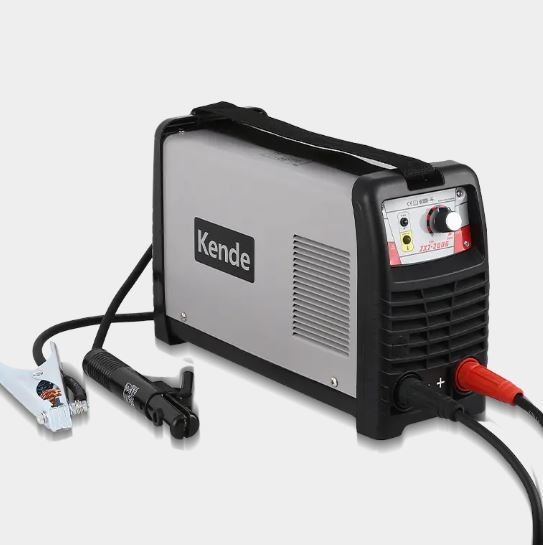1. Improved Precision and Quality: Modern welding equipment, such as advanced welding machines and robotic systems, offer improved precision and control. They provide welders with greater accuracy, allowing them to achieve higher quality welds. The use of computer-controlled welding systems ensures consistent weld bead size, penetration, and fusion, resulting in stronger and more reliable welds.
2. Enhanced Efficiency and Productivity:
Welding equipment advancements have significantly improved efficiency and productivity in the industry. The introduction of automatic welding processes and robotic welding systems has streamlined production lines, reducing welding time and increasing output. These automated systems can operate continuously, minimizing downtime and increasing overall productivity.
3. Increased Safety: Safety is a critical concern in welding operations, and modern equipment has greatly improved the safety standards in the industry. Advanced welding machines incorporate safety features such as automatic shutdown mechanisms, overheat protection, and arc force control. These features protect both welders and equipment, minimizing the risk of accidents, injuries, and damage.
4. Energy Efficiency: The development of energy-efficient welding equipment has had a positive impact on the industry. Modern welding machines utilize advanced power sources and inverter technology, reducing energy consumption while maintaining optimal welding performance. Energy-efficient equipment not only contributes to cost savings but also helps minimize the environmental footprint of welding operations.
5. Portability and Versatility: Welding equipment has become more portable and versatile, allowing for increased flexibility in various welding applications. Lightweight and compact welding machines, along with portable gas cylinders, enable welders to work in remote locations or confined spaces. Furthermore, multiprocess welding machines offer the ability to perform multiple welding techniques (e.g., MIG, TIG, stick welding) with a single unit, providing versatility and cost-effectiveness.
6. Integration of Digital Technologies: The integration of digital technologies with welding equipment has opened new horizons for the industry. Welding equipment with digital interfaces allows for precise control and monitoring of welding parameters, ensuring consistent results. Additionally, data logging and analysis capabilities facilitate process optimization, quality control, and documentation, leading to improved efficiency and traceability.
7. Training and Skill Development: Advancements in welding equipment have influenced training and skill development in the industry. The availability of simulation-based training systems and virtual reality welding simulators allows trainees to practice welding techniques in a safe and controlled environment. This technology enhances the learning process, reduces material waste, and accelerates skill acquisition.

 2023.06.14
2023.06.14
 Industry News
Industry News
